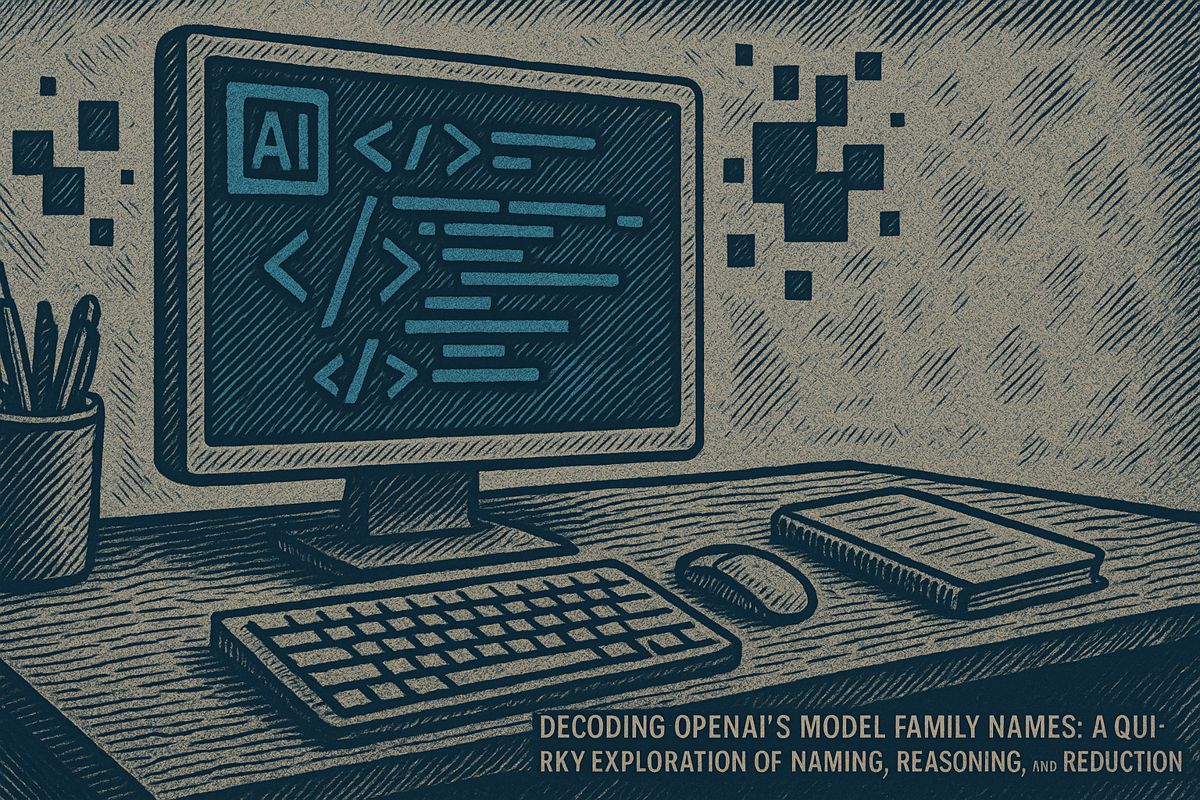Here’s the text with the most important phrase emphasized in markdown bold:
Russian hacker groups like Cadet Blizzard and UAC-0056 are launching sophisticated cyber attacks targeting critical infrastructure across logistics, healthcare, finance, and energy sectors. Their tactics include zero-day exploits, destructive malware, and strategic psychological warfare aimed at sabotaging essential systems. The cyber landscape is constantly evolving, with groups like the Russian GRU’s 85th Main Special Service Center staying ahead of defenders through advanced technological methods. Cybersecurity companies and government agencies are scrambling to adapt, with organizations like Zscaler acquiring specialized defense firms to enhance protection. The human element remains crucial in cybersecurity, as technical defenses alone cannot completely prevent increasingly complex and intelligent cyber threats.
What Are the Latest Tactics of Russian Hacker Groups?
Russian hacker groups like Cadet Blizzard and UAC-0056 are targeting critical infrastructure through sophisticated cyber tactics, including zero-day exploits, destructive malware, and strategic attacks on logistics, healthcare, finance, and energy sectors. Their goal: critical infrastructure sabotage and psychological warfare.
Flashbacks and Flickering Screens
It’s uncanny how a headline can spark a flood of memory. The latest news about a Russian hacking group, Cadet Blizzard, sent me straight back to my first brush with Fancy Bear. One moment I was calmly scrolling; the next, I was hunched over three monitors (yes, three – I’m not sure if I was dedicated or just trying to impress someone). The blue glow felt almost cold on my skin, and with every new log entry, my heart-rate did this jittery, caffeinated dance. Back then, defending a financial network felt like standing in a storm with nothing but an umbrella – and I knew the rain wasn’t going to stop.
That feeling – the adrenaline, the uncertainty, and a sliver of dread that burrowed under my skin – never really left. Hope? Honestly, I clung to it like a life raft, but it wasn’t much of a strategy. Has anyone ever really felt confident facing down the murky depths of Russian cyber intrusion? I still remember that one night: log files stacking up, the distinct scent of burnt coffee, the realization that our “perimeter” was more Maginot Line than fortress.
So, when I read about new actors like Ember Bear or the latest exploits by Frozenvista, the old prickle of anxiety transforms into a constant itch – one that no amount of patching can soothe. It’s as if the hacks themselves have a scent: metallic, sharp, a little like ozone before lightning strikes.
The New Chessboard: Russian Threats and Shifting Tactics
Let’s step back. What do we actually know, beyond the headlines and the metaphors? Microsoft and the Dutch government have fingered a new Russian group targeting critical U.S. and EU infrastructure. Zscaler has agreed to acquire Red Canary, aiming to add muscle to their managed detection and response services. CISA, meanwhile, is losing nearly its entire leadership team this month – an exodus that makes me wonder if anyone’s manning the ship. And the EU? Standing shoulder-to-shoulder with the Czech Republic after yet another China-linked cyberattack.
I can’t help but recall a meeting years ago, after Fancy Bear (APT28) wormed its way into a U.S. satellite communications firm. The room was silent, the air thick, everyone trading glances that said, “If they’re up in orbit, what’s still safe?” It was a moment that left a mark – like spilled ink soaking into paper. That incident, reported by Wired and Reuters at the time, felt like the world’s worst magic trick: threats appearing where you least expected, with consequences no one could predict.
Now, groups like Cadet Blizzard and UAC-0056 aren’t just pillaging for secrets. Their targets – logistics, healthcare, finance, energy – are as essential as oxygen. Russia’s GRU, specifically the 85th Main Special Service Center (unit 26165), has shifted from digital vandalism to critical sabotage: destructive malware, stolen data, even website defacements intended to humiliate. They’ve been using zero-day exploits, staying one step ahead of defenders, and deploying wipers that erase traces faster than you can say “forensic nightmare”. It’s a chilling symphony, equal parts technical bravado and psychological warfare.
Defenders on Their Toes: Industry Moves and Lingering Doubt
With the threat landscape mutating, defenders are scrambling. Zscaler, for instance, is bolstering its arsenal by snapping up Red Canary. I’ve read Zscaler processes over 500 billion transactions daily and shields almost half the Fortune 500. Adding Red Canary’s round-the-clock MDR – real humans, not just algorithms – feels like putting more eyes on the ball. But isn’t it curious? In an age obsessed with AI, it’s people who provide the last line of defense. Sometimes I wonder: are we just building taller walls, or do we actually understand what’s inside the gates?
Meanwhile, CISA’s leadership vacuum makes me uneasy. Picture the internal group chats: “Is anyone still here?” “Bueller?” In a period teeming with state-sponsored attacks, losing your top strategists is, well, less than ideal. I’ll admit, I once thought institutional memory was overrated, but now I see the cost of rapid turnover. Every time I’ve joined a new team mid-crisis, I’ve stumbled – and learned the hard way that continuity is priceless.
Supply chain attacks, like the recent DragonForce ransomware hit on a managed service provider, present a new flavor of dread. Attackers aren’t just kicking down doors; they’re sneaking through service closets, exploiting trust to spread multiplicitously. It’s almost poetic, in a perverse sense, like roots finding the weakest cracks in concrete.
The Human Factor: Lessons, Laughter, and Lingering Questions
Here’s the twist: despite technical defenses, the human element remains the wild card. Many companies obsess over permission models – buckets, access lists, the works. Yet, attackers map out privilege escalations with the patience of chess grandmasters, turning tiny cracks into chasms. It’s a classic case of thinking like auditors instead of adversaries. Why do we keep making the same blunders? Maybe it’s comfort. Maybe it’s fear.
Industry responses? Webinars on security champions, new investments in identity risk platforms, and the occasional rallying cry for “zero trust”. Each step forward is met with two new hurdles. Sometimes I worry these initiatives are just digital snake oil… but then, what else can we do but keep moving?
If anything, the past few years have taught me humility. I’ve made mistakes – once, early on, I dismissed a privilege escalation alert



















